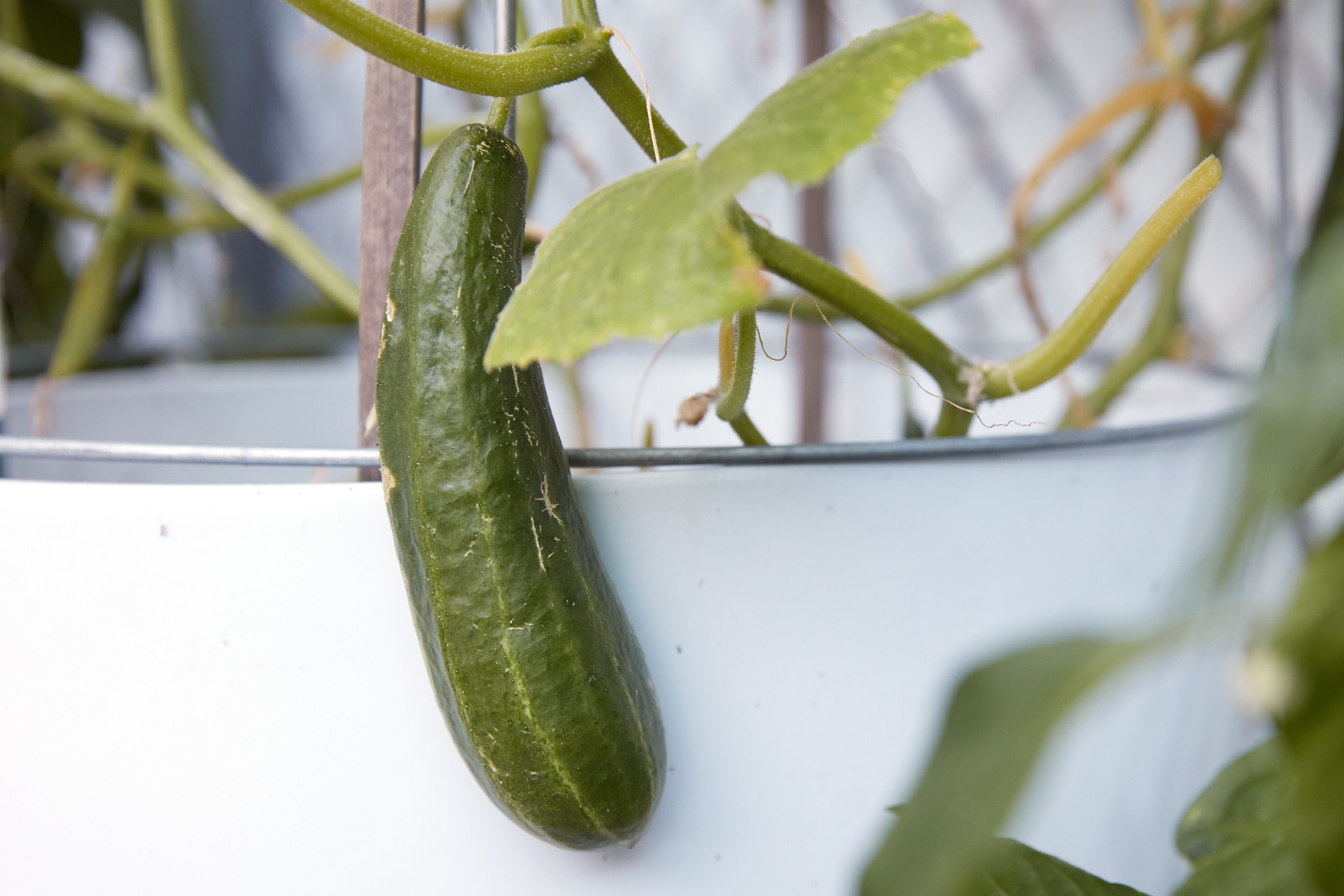

Articles
How To Grow Cucumbers In Containers
Modified: January 18, 2024
Learn how to grow cucumbers in containers and create a beautiful garden with our expert gardening tips and techniques. Start your GARDEN project today!
(Many of the links in this article redirect to a specific reviewed product. Your purchase of these products through affiliate links helps to generate commission for Storables.com, at no extra cost. Learn more)
Introduction
Are you an avid gardener with limited space? Do you dream of enjoying the crisp, fresh taste of homegrown cucumbers but think it’s impossible without a sprawling garden? Well, think again! Growing cucumbers in containers is a fantastic solution for those with small outdoor spaces or even just a sunny balcony. Not only does it allow you to enjoy the pleasures of gardening, but it also brings the satisfaction of harvesting your very own cucumbers.
Container gardening offers numerous advantages, such as flexibility in terms of location and the ability to control the growing conditions. Whether you’re a beginner or an experienced gardener, the following guide will provide you with all the information you need to successfully grow cucumbers in containers.
Before diving into the specifics, it’s important to note that cucumbers are warm-season vegetables, thriving in temperatures between 70-95°F (21-35°C). They require fertile soil, ample sunlight, and consistent watering to flourish. With the right container, soil, cucumber varieties, and care, you can cultivate healthy cucumber plants that bear an abundant harvest. So, let’s delve into the details and learn how to grow cucumbers in containers!
Key Takeaways:
- Enjoy the taste of homegrown cucumbers in limited spaces by growing them in containers. Follow the guide for optimal container gardening and savor the rewards of your own harvest.
- From selecting the right container to harvesting, experience the joy of growing cucumbers in containers. Embrace the flexibility and satisfaction of container gardening for a bountiful harvest.
Read more: How To Grow Cucumbers In A Raised Garden Bed
Choosing the Right Container
The first step to successful container gardening is selecting the right container for your cucumbers. The container should be spacious enough to accommodate the root system of the plants and provide adequate space for them to grow vertically. Here are a few key factors to consider when choosing the right container:
- Size: Cucumbers have extensive root systems, so opt for a container that is at least 12-18 inches deep and wide. The larger the container, the more soil it can hold, which means better moisture retention and nutrient availability for your plants.
- Material: When it comes to container materials, options include plastic, clay, or wooden containers. Plastic containers are lightweight, durable, and moisture-resistant, making them a popular choice for container gardening. Clay pots are breathable and provide better air circulation to the roots, but they may dry out more quickly. Wooden containers are aesthetically pleasing but require regular maintenance to prevent rotting.
- Drainage: Ensure that the container has drainage holes at the bottom to allow excess water to escape. Poor drainage can lead to root rot and other water-related issues.
- Mobility: Consider the portability of the container if you plan to move it around. Look for containers with built-in wheels or choose lightweight materials for easier maneuverability.
Keep in mind that you have the option to repurpose containers such as buckets, barrels, or even recycled materials, as long as they meet the size, material, and drainage requirements. Just make sure to clean and sanitize them properly before planting to prevent any potential disease or pest issues.
By selecting the right container, you create an ideal environment for your cucumber plants to thrive. The next step is to ensure that the soil in your container provides the necessary nutrients for their growth, which we will explore in the next section.
Selecting the Right Soil
Selecting the right soil is crucial for the success of your container-grown cucumbers. The soil should provide proper drainage, retain moisture, and offer adequate nutrition for the plants. Here are some recommendations for choosing the right soil:
- Loamy and Well-Draining: Cucumbers thrive in loamy soil that is well-draining. Avoid heavy clay soils that can become compacted and retain excess moisture, leading to root rot. Look for a soil mix specifically formulated for container gardening, which usually contains a combination of peat moss, vermiculite, and perlite to improve drainage.
- Organic Matter: Incorporate organic matter into the soil, such as well-rotted compost or aged manure, to enhance fertility and improve moisture retention. Organic matter also provides essential nutrients for healthy plant growth.
- pH Level: The ideal soil pH for cucumbers is slightly acidic to neutral, ranging from 6.0 to 7.0. Test the pH of your soil using a soil pH testing kit and make adjustments if necessary by adding lime to raise the pH or sulfur to lower it.
- Fertilizer: Prior to planting, add a slow-release fertilizer or organic fertilizer to the soil to provide nutrients for the entire growing season. Follow the instructions on the fertilizer packaging for proper application rates.
It’s important to note that container-grown plants require more frequent watering and nutrients compared to those grown in the ground. The limited space of the container restricts access to natural resources, so regular fertilization and moisture monitoring are essential for healthy cucumber plants.
Now that you have the right container and soil, it’s time to choose the best cucumber varieties that are suitable for container gardening. We will discuss this in the following section.
Selecting the Right Cucumber Varieties
Choosing the right cucumber variety is crucial for successful container gardening. Not all cucumber varieties are well-suited for growing in containers, so it’s important to select those specifically bred for compact growth and container gardening. Here are some factors to consider when choosing cucumber varieties:
- Dwarf or Bush Varieties: Look for cucumber varieties that are labeled as “dwarf” or “bush,” as these are specifically bred to grow in confined spaces and have a more compact habit. These varieties tend to produce shorter vines, making them perfect for containers.
- Container-Specific Varieties: Some seed companies offer cucumber varieties specifically bred for container gardening. These varieties typically have a bushy growth habit and produce smaller-sized cucumbers, which are perfect for snacking and pickling.
- Climbing Varieties: If you prefer larger cucumbers or want to maximize your container space, you can choose climbing or vine types. However, you will need to provide trellising or support for the vines to grow vertically.
- Hybrid or Disease-Resistant Varieties: Consider choosing cucumber varieties that are resistant to common diseases such as powdery mildew or cucumber mosaic virus. This can help ensure the health and productivity of your plants.
When selecting cucumber varieties, also consider your personal preferences for taste, texture, and intended use. Some varieties are great for fresh eating, while others are better suited for pickling. Read seed catalogs or check with local nurseries to find cucumber varieties that are well-suited for container gardening in your specific region.
Now that you have chosen the right container, soil, and cucumber varieties, it’s time to start planting your cucumber seeds or seedlings in the container. The next section will guide you through the process of planting cucumbers in containers.
Planting Cucumber Seeds or Seedlings
Now that you have everything prepared, it’s time to get your cucumber seeds or seedlings into the container. Here’s a step-by-step guide on planting cucumbers in containers:
- Start with Good Quality Seeds: If you’re starting from seeds, choose high-quality cucumber seeds from a reputable source. Ensure that the seeds are fresh and haven’t expired. Alternatively, you can purchase cucumber seedlings from a local nursery for convenience.
- Prepare the Container: Fill the container with the well-draining soil mix, leaving about an inch of space from the top to prevent overflow when watering. Gently firm the soil but avoid compacting it too much.
- Plant the Seeds or Seedlings: If planting seeds, follow the instructions on the seed packet for proper spacing and planting depth. Make small holes in the soil with your finger or a dibber and drop one or two seeds into each hole. Cover the seeds with soil and lightly press down. If using seedlings, make holes large enough for the root ball of each seedling and gently place them in the holes, covering the roots with soil.
- Water Thoroughly: Once you have planted the seeds or seedlings, give the container a good watering to settle the soil and ensure proper hydration. Avoid overwatering, as it can lead to waterlogged soil.
- Provide Adequate Spacing: If you’re planting multiple cucumber plants in one container, make sure to space them properly to allow for air circulation and prevent overcrowding. This spacing can vary depending on the cucumber variety, so refer to the seed packet or plant label for guidance.
- Label and Maintain: Label your container with the cucumber variety and planting date. Place the container in a sunny spot that receives a minimum of 6-8 hours of direct sunlight daily. Water regularly to keep the soil moist but not waterlogged.
It’s important to note that cucumber seeds germinate best in warm soil temperatures of around 70-90°F (21-32°C). If temperatures are cooler, you can use a seedling heat mat or place the container in a warm location until germination occurs.
With the seeds or seedlings planted, the next steps involve providing proper watering and sunlight conditions, which we will discuss in the following sections.
Read more: How Long To Grow Cucumbers From Seed
Providing Proper Watering
Proper watering is essential for the healthy growth and development of your container-grown cucumber plants. Cucumbers thrive in consistently moist soil but are susceptible to root diseases if overwatered or waterlogged. Here are some guidelines for providing proper watering:
- Consistent Moisture: Keep the soil consistently moist to ensure optimal cucumber growth. Check the moisture level of the soil regularly by sticking your finger into the soil up to your first knuckle. If it feels dry at that depth, it’s time to water. Avoid letting the soil dry out completely between waterings, as cucumbers have shallow roots and can quickly wilt if they lack water.
- Avoid Overwatering: While it’s important to keep the soil moist, it’s equally important to avoid overwatering. Overwatering can lead to root rot and other fungal diseases. Make sure the container has proper drainage, allowing any excess water to escape. Discard any water that accumulates in the saucer or tray to prevent waterlogged roots.
- Watering Frequency: The frequency of watering will depend on various factors, including the climate, container size, and soil type. In general, container-grown cucumbers may require watering every 1-2 days, especially during hot and dry periods. Monitor the soil moisture level and adjust your watering routine accordingly.
- Watering Technique: When watering your container cucumbers, aim for deep, thorough watering. This helps moisture penetrate into the root zone. Water the soil at the base of the plants rather than spraying water over the foliage, as wet leaves can increase the risk of fungal diseases.
- Mulching: Apply a layer of organic mulch, such as straw or wood chips, around the base of the cucumber plants. Mulch helps conserve moisture in the soil, reduces weed growth, and helps maintain more consistent soil temperatures. Avoid mulching too close to the stem to prevent stem rot.
Remember that the watering needs of your cucumber plants may vary depending on factors such as temperature, humidity, and rainfall. Pay close attention to the moisture level of the soil and adjust your watering routine as needed to ensure the best growing conditions for your cucumbers.
In the next section, we will explore the importance of providing adequate sunlight for your container-grown cucumbers.
Choose a container at least 12 inches deep with good drainage. Use rich, well-draining soil and provide support for the vines to climb. Keep the soil consistently moist and fertilize regularly to promote healthy growth.
Providing Adequate Sunlight
Adequate sunlight is crucial for the healthy growth and productivity of container-grown cucumbers. Cucumbers are sun-loving plants that require a minimum of 6-8 hours of direct sunlight daily. Here’s why providing adequate sunlight is important:
- Photosynthesis: Sunlight is essential for photosynthesis, the process by which plants convert light energy into chemical energy to fuel their growth. Sufficient sunlight enables cucumber plants to produce and store the energy they need for healthy foliage growth, flower formation, and fruit development.
- Heat Accumulation: Cucumbers thrive in warm temperatures, and sunlight provides the necessary heat accumulation. It warms up the soil, promoting root growth and nutrient absorption. Additionally, warm temperatures support the flowering and fruiting process of cucumbers.
- Vine Development: Cucumbers are vining plants that naturally grow and climb towards the sun. Providing ample sunlight encourages strong vine development, allowing the cucumber plants to reach their full potential in terms of height and spread.
- Fruit Quality and Ripening: Sunlight exposure directly affects the quality and taste of cucumbers. Cucumbers that receive adequate sunlight tend to have vibrant green skins, firm textures, and excellent flavor. Furthermore, sufficient sunlight ensures proper ripening of the fruits, leading to a higher yield.
To provide adequate sunlight for your container-grown cucumbers:
- Select the Right Location: Place your container in a location that receives the maximum amount of direct sunlight throughout the day. Ideally, choose a south-facing spot that is free from obstructions such as trees or buildings that may cast shadows.
- Rotate Containers: If your containers are not in a fixed location, consider rotating them daily to expose all sides of the cucumber plants to sunlight evenly.
- Use Reflective Surfaces: Place reflective surfaces, such as white boards or aluminum foil, around the container to redirect sunlight towards the plants and increase overall light exposure.
Remember that different cucumber varieties may have different light requirements, so be sure to check the specific recommendations for the varieties you’re growing. By providing adequate sunlight, you’ll ensure vigorous growth, abundant flowering, and a bountiful harvest from your container-grown cucumbers.
In the next section, we’ll discuss the importance of fertilizing your container cucumbers to provide them with essential nutrients for healthy growth.
Fertilizing Container Cucumbers
Fertilizing container-grown cucumbers is essential to provide them with the necessary nutrients for healthy growth and abundant fruit production. Since the plants are confined to a limited space, they rely heavily on the soil and added nutrients for their nutritional needs. Here are some guidelines for fertilizing your container cucumbers:
- Start with Nutrient-Rich Soil: Begin by using a high-quality soil mix specifically formulated for container gardening. These mixes often contain organic matter and slow-release fertilizers, providing a good foundation of nutrients for your cucumbers.
- Choose the Right Fertilizer: Consider using a balanced, water-soluble fertilizer specifically formulated for vegetables. Look for a fertilizer with an NPK ratio (nitrogen, phosphorus, potassium) of around 10-10-10 or 14-14-14. These ratios provide a balanced supply of essential nutrients for overall plant health and vigor.
- Follow the Label Instructions: Each fertilizer may have specific instructions regarding application rates and frequencies. Be sure to read and follow the label instructions carefully to avoid over or under-fertilizing your plants.
- Apply Fertilizer in Small Doses: It’s best to fertilize container cucumbers with small, frequent doses rather than applying a large amount at once. This helps prevent nutrient imbalances and reduces the risk of harming the plants. Apply the fertilizer diluted in water and distribute it evenly over the container, avoiding direct contact with the foliage.
- Fertilize Regularly: Container-grown cucumbers have a higher nutrient demand compared to those grown in the ground. They don’t have access to natural soil nutrients, so regular fertilization is crucial. Aim to fertilize your container cucumbers every 2-3 weeks during the growing season. However, always monitor your plants’ response to fertilizers and adjust the frequency or amount as needed.
- Use Organic Alternatives: If you prefer organic gardening methods, consider using organic fertilizers or amendments such as compost, worm castings, or seaweed extracts. These can provide valuable nutrients and improve the soil’s overall fertility.
It’s important to note that excessive fertilization can lead to salt buildup in the soil, causing nutrient imbalances and potential harm to the plants. Regularly monitor the condition of the plants, including leaf color and overall growth, to ensure they are receiving the right amount of nutrients.
In addition to fertilizers, supplementing with compost tea or organic liquid fertilizers can provide a boost of nutrients and enhance soil fertility. Remember to always water the plants thoroughly after fertilizing to prevent any potential root burn or damage.
As your container cucumbers continue to grow, it’s essential to provide them with proper support. In the next section, we’ll discuss trellising and supporting techniques for your container-grown cucumber plants.
Trellising and Supporting the Plants
Trellising and supporting your container-grown cucumber plants is an essential step in maintaining their structure, maximizing space, promoting air circulation, and preventing the fruits from touching the ground. Trellising also helps expose the plants to more sunlight, leading to better photosynthesis and healthier growth. Here are some trellising and supporting techniques for your container cucumbers:
- Choose the Right Support Structure: Select a trellis or support structure that is sturdy enough to bear the weight of the cucumber vines and fruits. Options include traditional plant trellises, wire cages, bamboo stakes, or homemade structures using nylon netting or wire mesh.
- Place the Support Early: Install the support system before you start planting your cucumber seeds or seedlings. This allows the plants to grow up the structure without disturbance.
- Train the Vines: Gently guide the cucumber vines to climb the trellis or support structure as they grow. Use twine or soft plant ties to loosely secure the vines to the support, making sure not to constrict their growth. Regularly check and adjust the ties as the plants grow taller.
- Prune for Optimal Growth: To keep the plants neat and manageable, consider pruning off any excessive lateral shoots or side branches. This promotes better airflow, reduces crowding, and allows more energy to be directed towards fruit production.
- Weave or Espalier: For narrower trellises or limited space, use a weave or espalier technique. This involves training the cucumber vines horizontally along the trellis, allowing them to weave in and out of the support structure. This technique maximizes space utilization and enhances air circulation.
Trellising and supporting container cucumbers not only saves valuable space but also helps prevent the cucumber fruits from touching the ground. When cucumbers touch the soil, they are more susceptible to rotting, pests, and diseases. Keeping the fruits off the ground helps maintain their quality and reduces the risk of damage.
Ensure that the trellis or support structure is securely anchored to prevent any toppling or damage to the plants during windy conditions or when the vines become heavy with fruits. Regularly check for any signs of damage or stress on the support system and make necessary adjustments as needed.
By providing proper support to your container cucumbers, you’ll encourage healthy growth, improve fruit quality, and create an organized and visually appealing garden space.
Once your cucumber plants are trellised and supported, it’s important to be vigilant about pest and disease control. We’ll discuss some methods to keep your plants healthy in the next section.
Read more: How Long Do Cucumbers Take To Grow From Seed
Pest and Disease Control
Just like any other plants, container-grown cucumbers are susceptible to pests and diseases. However, with proper care and monitoring, you can prevent and manage these issues to keep your plants healthy. Here are some effective methods for pest and disease control in your container cucumber garden:
- Regular Inspection: Regularly inspect your cucumber plants for any signs of pests, such as aphids, cucumber beetles, or spider mites. Look for discolored leaves, chewed foliage, or sticky residue on the leaves, which may indicate the presence of pests.
- Handpicking: If you spot any pests on your cucumber plants, physically remove them by hand and squish or dispose of them away from the garden area. This can be an effective method for small infestations or larger pests that are easily visible.
- Introduce Beneficial Insects: Encourage beneficial insects, such as ladybugs and lacewings, to your garden as they feed on common cucumber pests. You can attract them by planting companion flowers like marigolds or by purchasing beneficial insects from garden supply stores.
- Neem Oil or Insecticidal Soap: When dealing with persistent pests, consider using natural insecticides like neem oil or insecticidal soap. Follow the instructions carefully and apply these treatments in the early morning or late evening when beneficial insects are less active.
- Practice Crop Rotation: If you’re growing cucumbers in the same containers year after year, pests and diseases can build up in the soil. Rotate your crops each year, planting different vegetables in the containers, to break the life cycle of pests and reduce the risk of disease spreading.
- Promote Air Circulation: Proper airflow helps prevent the development and spread of fungal diseases. Avoid overcrowding your container cucumbers and ensure they are properly trellised or supported to allow air to freely circulate around the leaves and fruits.
- Water at the Base: To minimize the risk of foliar diseases, water your container cucumbers at the base rather than overhead. This reduces moisture on the leaves and lowers the chances of fungal infections.
Prevention is key when it comes to pest and disease control. By maintaining a healthy growing environment with proper watering, sunlight, and fertilization, you can boost your cucumber plants’ overall resilience. Additionally, practicing good garden hygiene by removing any fallen leaves or plant debris can help prevent disease outbreaks.
If you notice any signs of disease, such as leaf spots or wilting, take action promptly. Remove any infected leaves or plants, and consider using organic fungicides or treatments recommended for specific diseases.
By implementing these pest and disease control methods, you can protect your container cucumbers and ensure a bountiful harvest of healthy and delicious fruits.
In the next section, we’ll discuss the exciting part—harvesting your homegrown cucumbers!
Harvesting Cucumbers
One of the most rewarding moments in container gardening is harvesting your homegrown cucumbers. Harvesting at the right time ensures optimal flavor, texture, and quality. Here are some essential tips for harvesting your container cucumbers:
- Know the Maturation Time: Different cucumber varieties have varying maturation times, typically ranging from 50 to 70 days from planting. Refer to the seed packet or plant label to determine the expected maturation time for your specific variety.
- Size Matters: Harvest cucumbers when they reach the appropriate size for the variety you’re growing. For slicing cucumbers, they are typically harvested when they are 6-8 inches long. Pickling cucumbers are usually harvested when they are around 3-4 inches long.
- Firmness and Color: Gently squeeze the cucumber to check for firmness. Ripe cucumbers should have a firm, crisp texture. Additionally, colored varieties should exhibit their characteristic color, whether it’s dark green, yellow, or striped.
- Use Pruning Shears or Scissors: When harvesting, use clean pruning shears or scissors to cut the cucumber stem above the fruit. Avoid twisting or pulling the cucumbers, as this can damage the plant. Leaving a short stem attached to the cucumber helps prolong its freshness.
- Harvest Regularly: Continuously harvest cucumbers as they reach the appropriate size and maturity. Regular harvesting encourages the plant to produce more fruits and prevents overripening or overcrowding on the vine.
It’s important to note that cucumbers can become bitter if left on the vine for too long or if they experience stress, such as dry soil conditions or irregular watering. Therefore, consistent harvesting not only ensures optimal taste and texture but also promotes the continued production of new cucumbers.
After harvesting, thoroughly rinse the cucumbers with water to remove any dirt or debris. Store them in the refrigerator to maintain their freshness and crispness. Cucumbers can typically be stored for up to a week, but they are best enjoyed fresh.
Lastly, don’t forget to save some cucumber seeds from the best fruits for future planting, if desired. Allow the cucumbers to fully mature on the vine until they turn yellow and the seeds inside have developed. Scoop out the seeds, rinse them, and lay them out to dry completely before storing them in a cool and dry place.
Congratulations! You have successfully grown and harvested your own cucumbers in containers. Now, enjoy the fruits of your labor in refreshing salads, sandwiches, pickles, or any other culinary creation you desire.
Before we conclude, let’s recap the key points discussed throughout this guide.
Conclusion
Growing cucumbers in containers is a rewarding and practical way to enjoy the taste of fresh, homegrown cucumbers even if you have limited space. With the right container, soil, cucumber varieties, and care, you can successfully cultivate healthy cucumber plants that will provide you with a bountiful harvest.
From choosing the right container and soil to trellising and supporting the plants, each step is crucial to create an optimal growing environment. Providing proper watering and adequate sunlight, along with regular fertilization and pest management, ensures the health and productivity of your container cucumbers.
Remember to select cucumber varieties that are specifically suited for container gardening, with characteristics such as compact growth, disease resistance, and appropriate size. By following the guidelines for planting, watering, and providing support, you’ll encourage the vigorous growth and fruit production of your container cucumbers.
Harvesting at the right time and enjoying your fresh cucumbers is the ultimate reward for your efforts. Whether you prefer crispy slices in salads, tangy pickles, or refreshing beverages, your homegrown cucumbers will bring a burst of flavor to your meals.
Container gardening allows you to enjoy the pleasures of gardening regardless of the size of your outdoor space. It offers flexibility, control over growing conditions, and the satisfaction of nurturing your own plants. So, don’t let limited space stop you from experiencing the joy of growing cucumbers.
Now that you’re equipped with the knowledge and tips for successful container gardening, it’s time to put them into practice. Get your containers, seeds or seedlings, and start your journey towards an abundant cucumber harvest.
Happy gardening and enjoy the delicious taste of homegrown cucumbers!
Frequently Asked Questions about How To Grow Cucumbers In Containers
Was this page helpful?
At Storables.com, we guarantee accurate and reliable information. Our content, validated by Expert Board Contributors, is crafted following stringent Editorial Policies. We're committed to providing you with well-researched, expert-backed insights for all your informational needs.
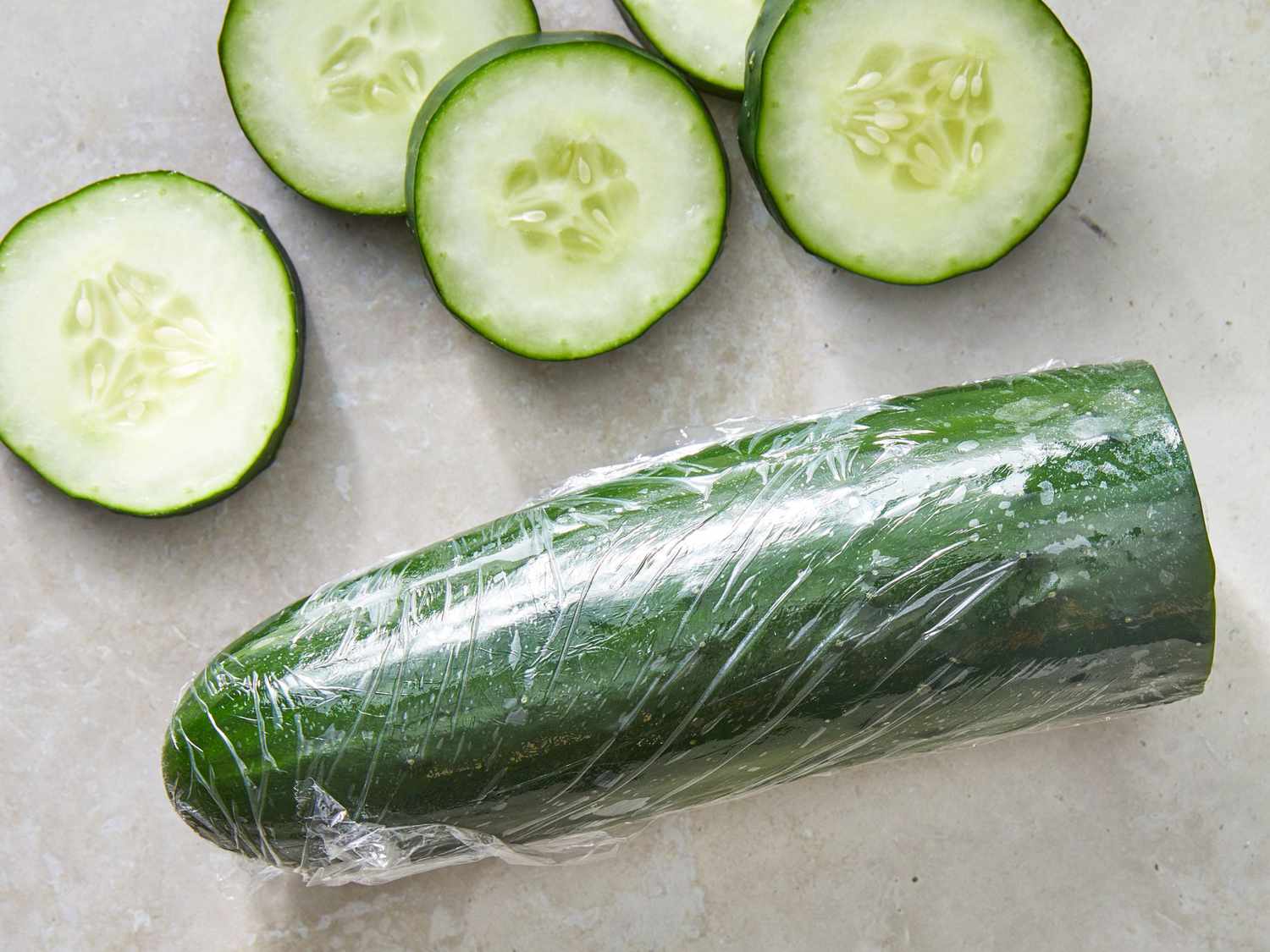
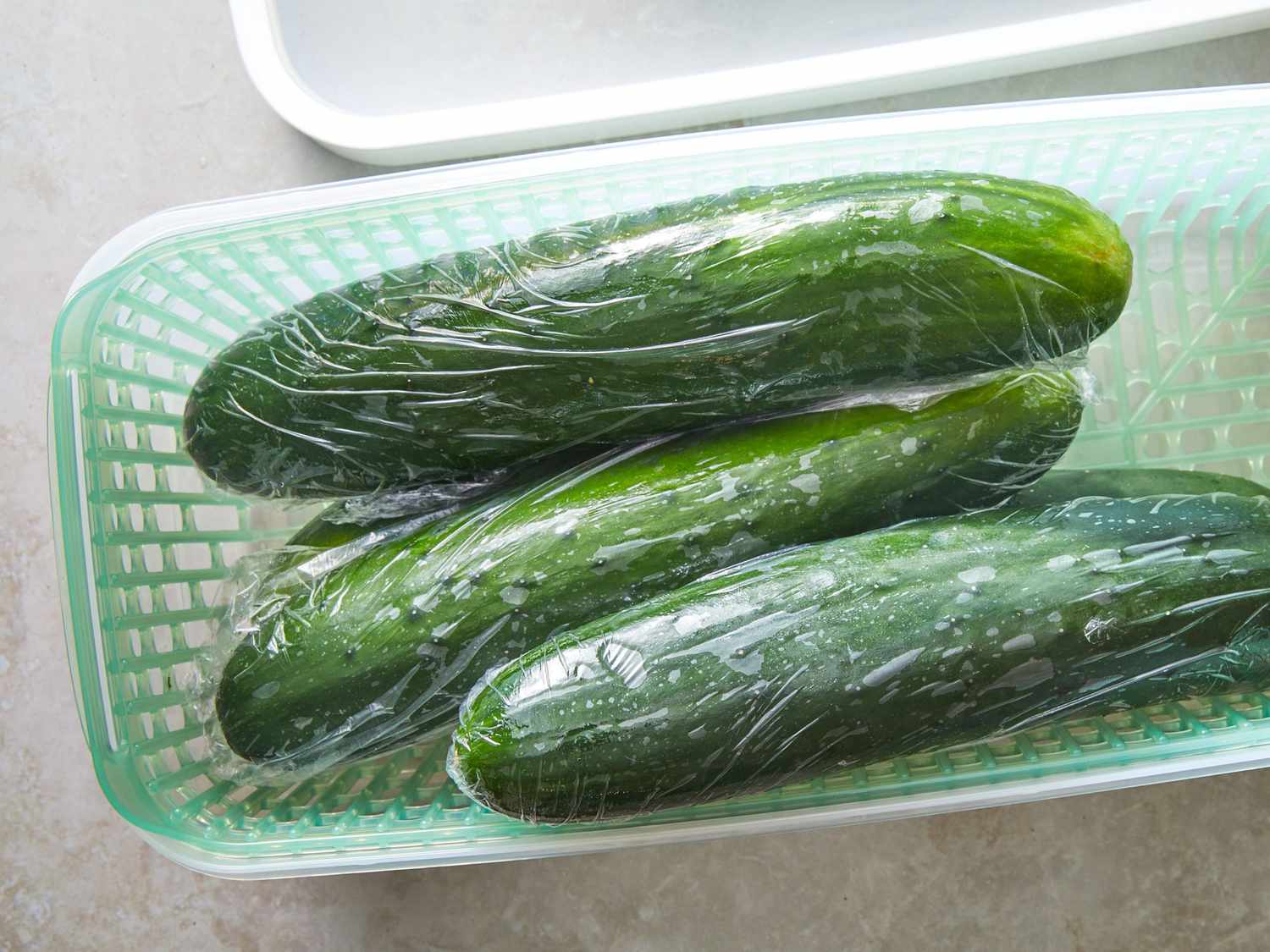
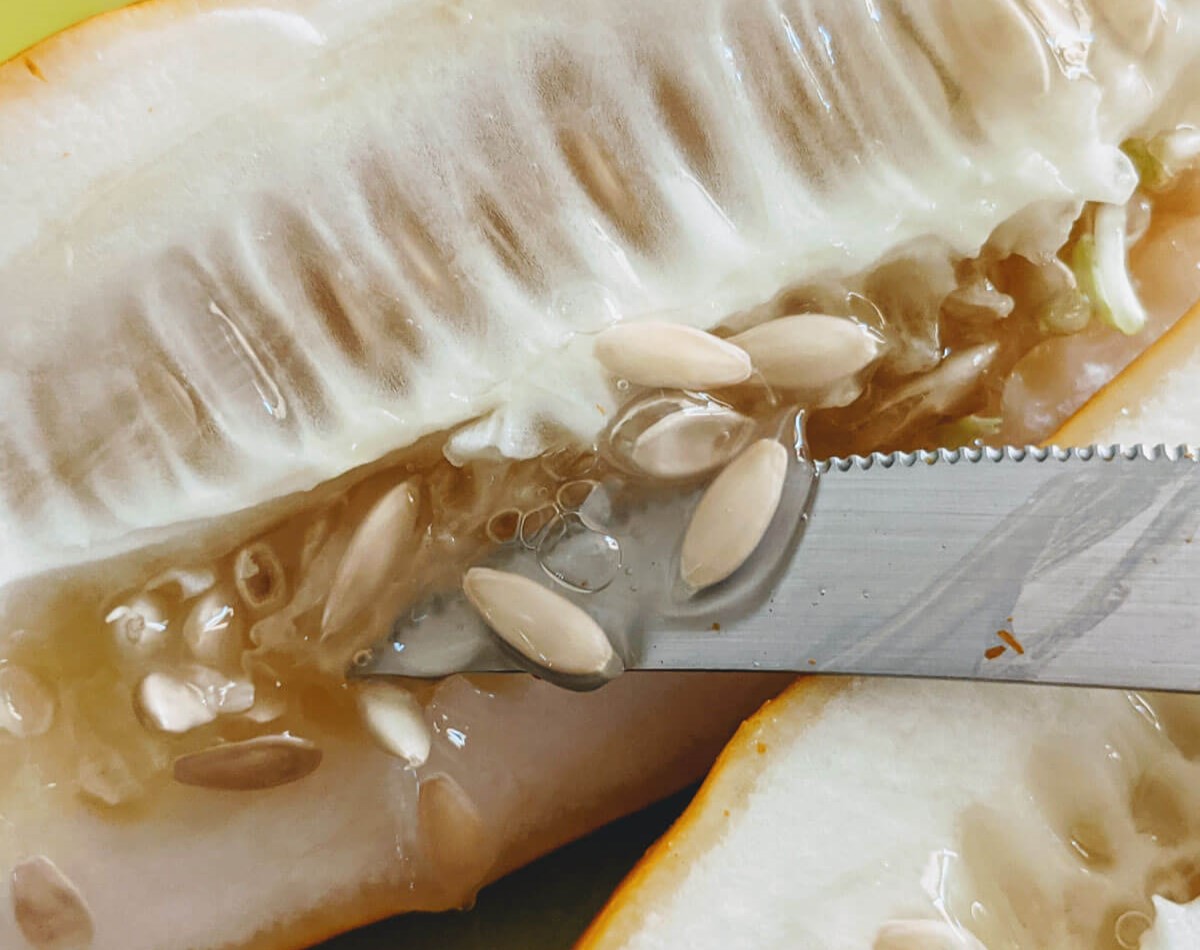
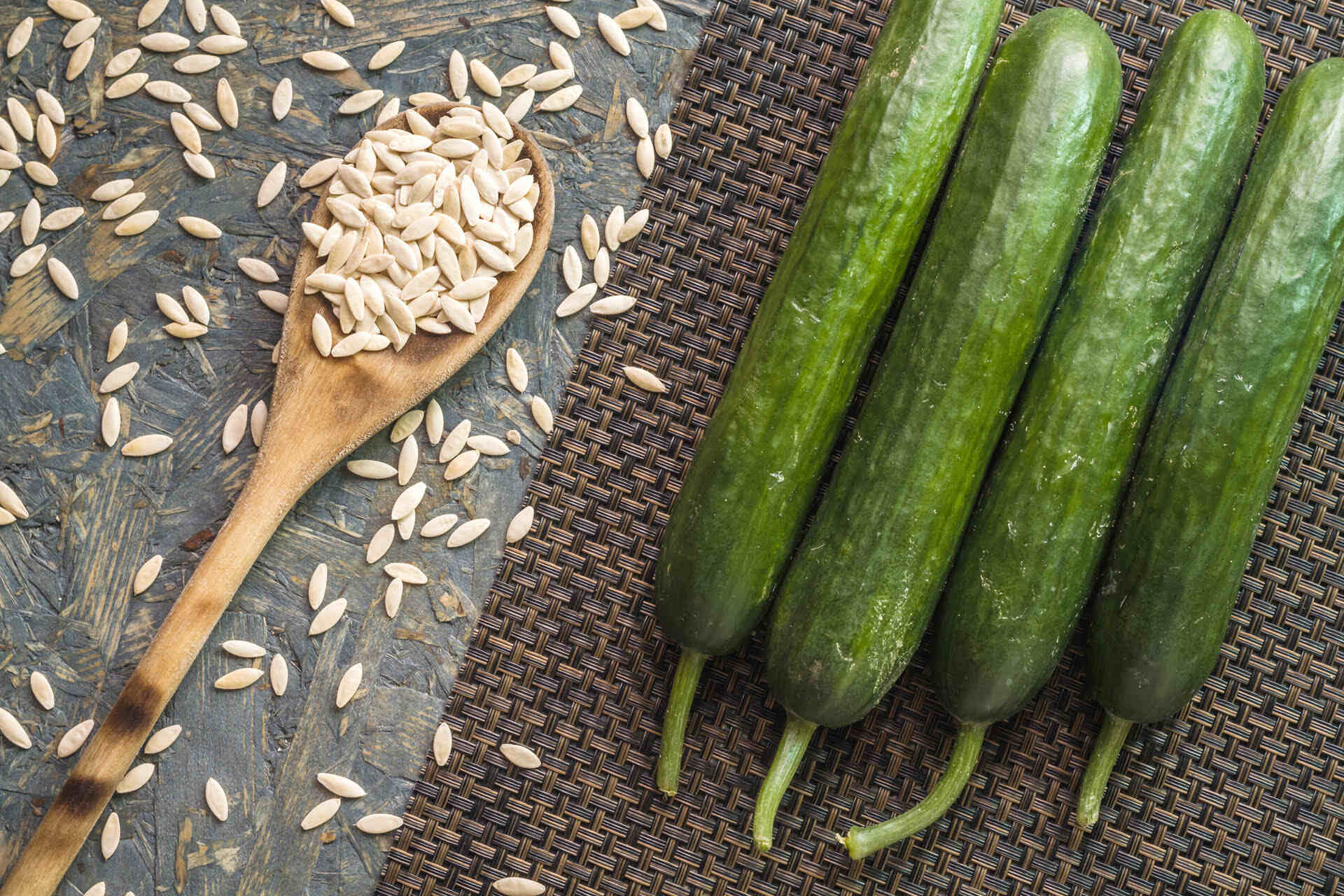
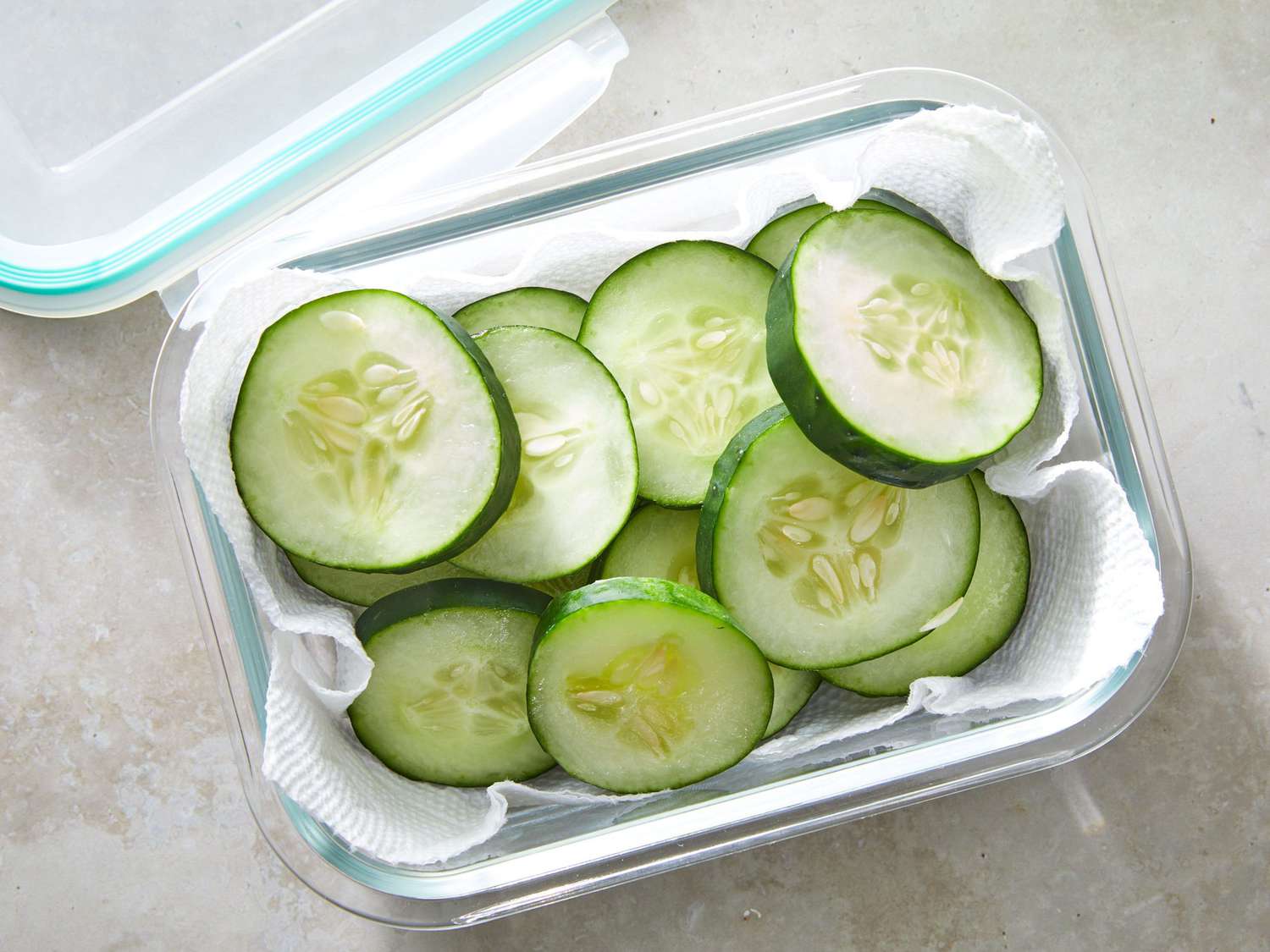
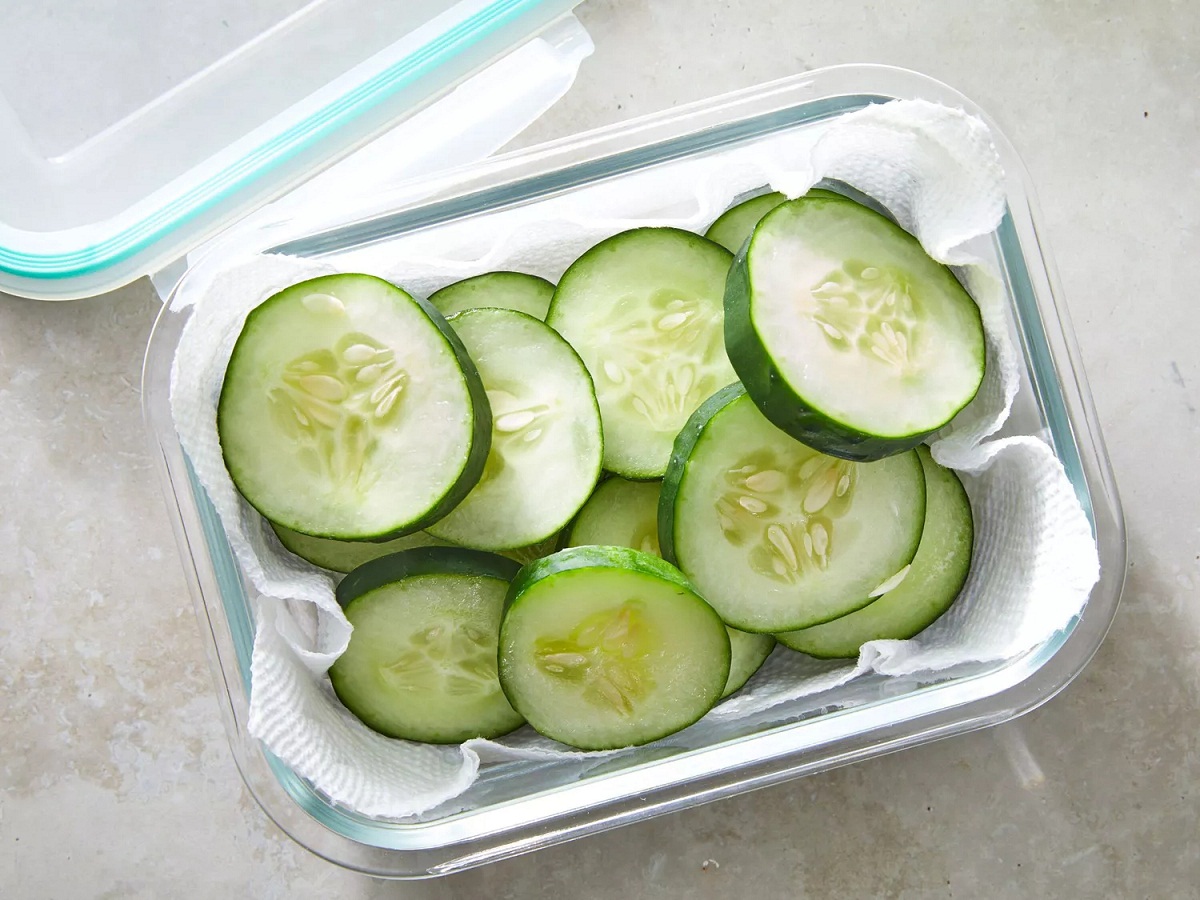
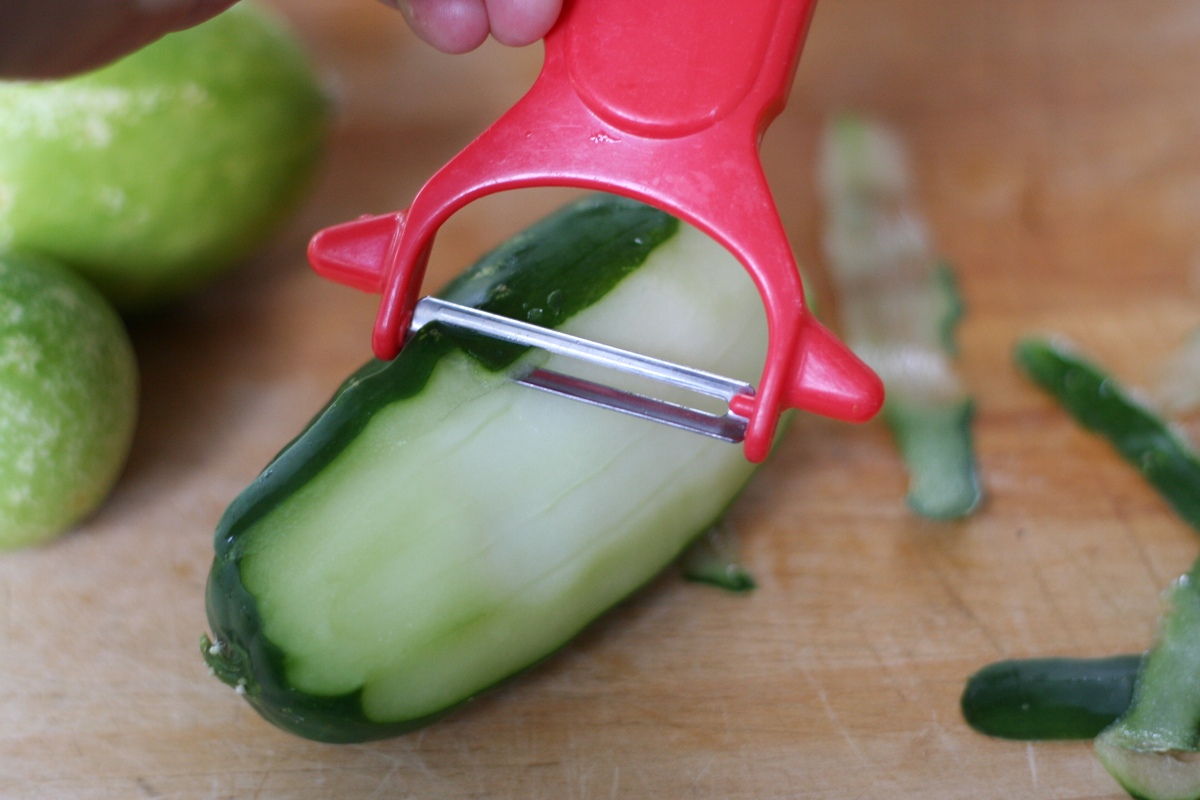

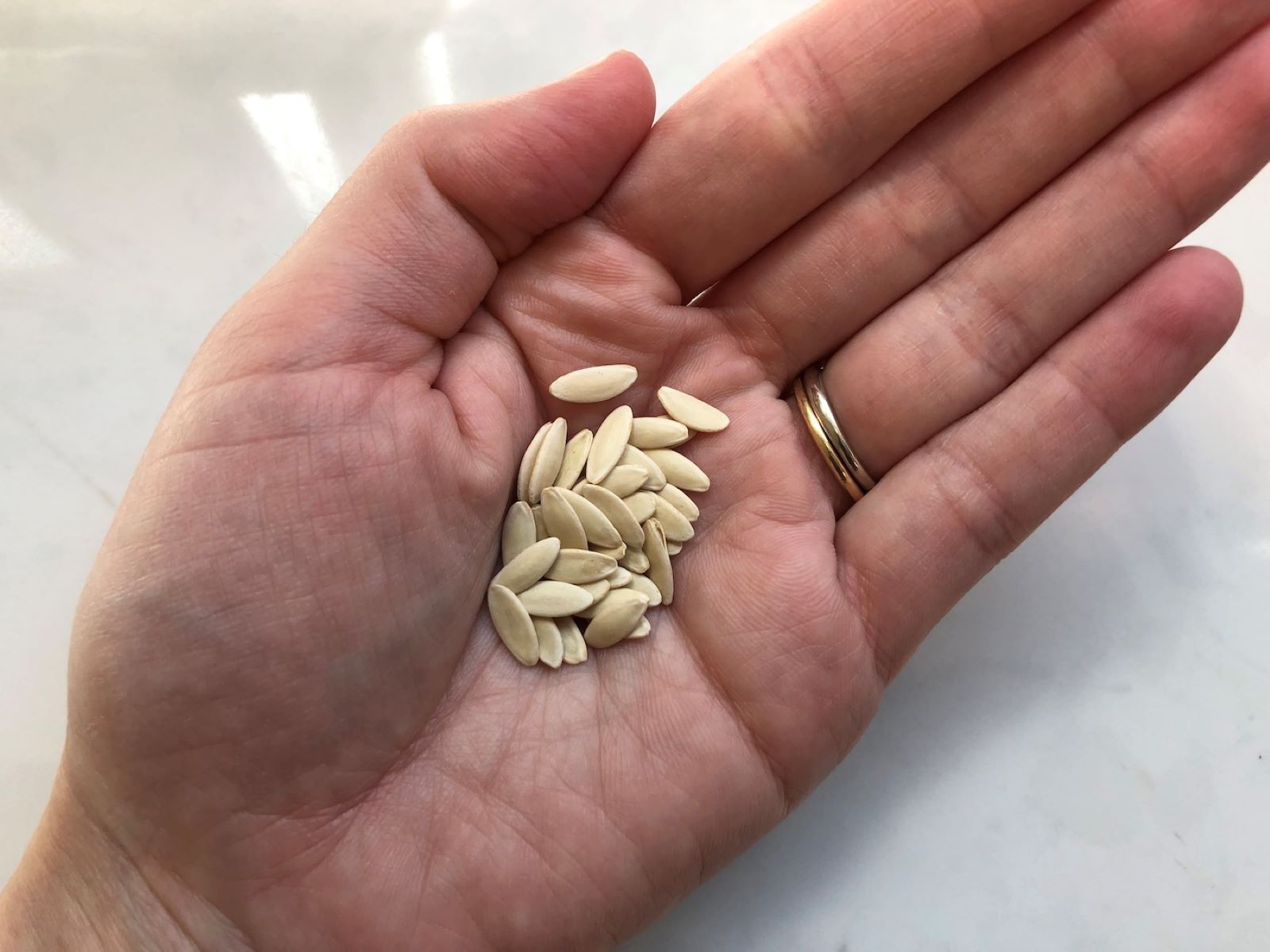
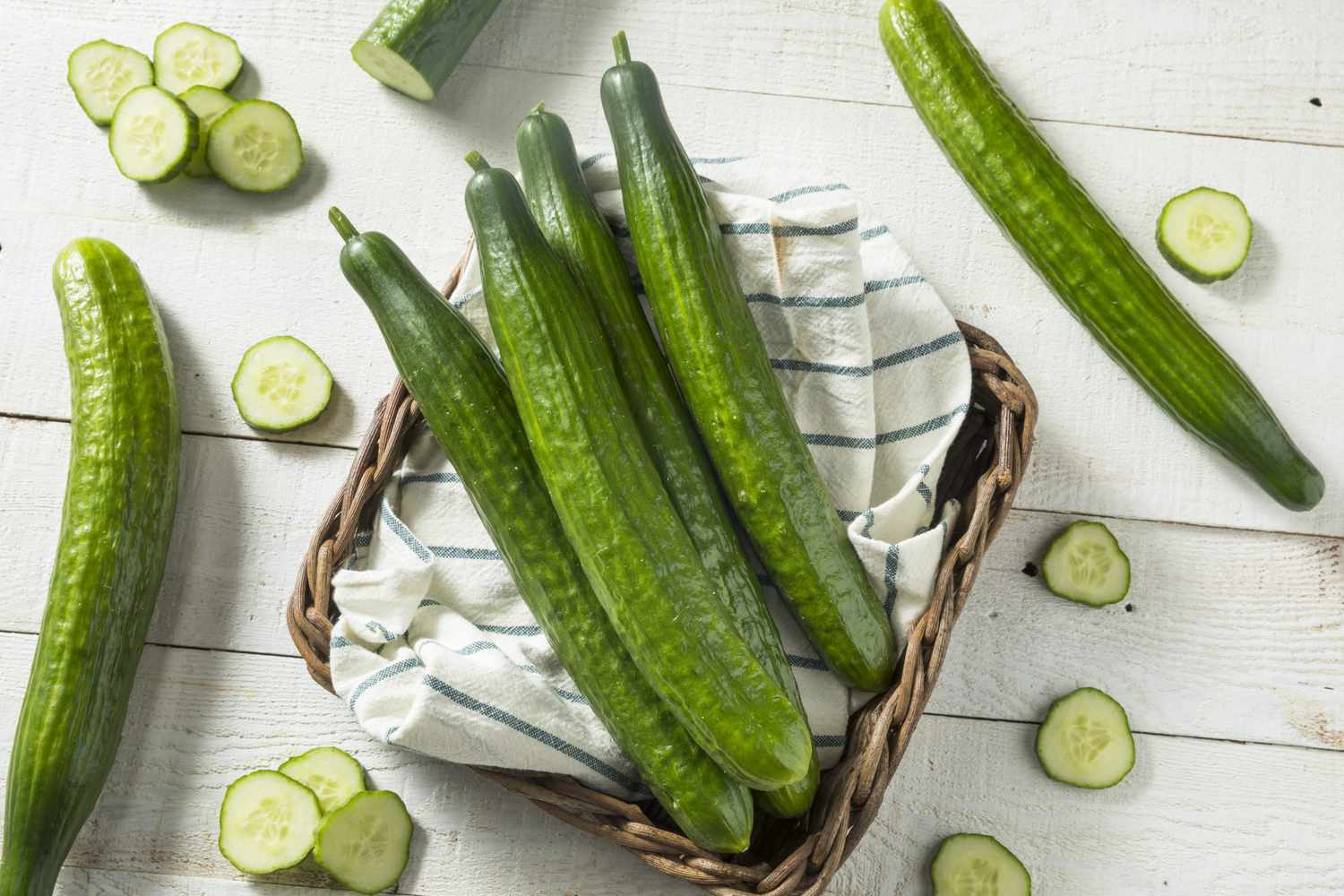
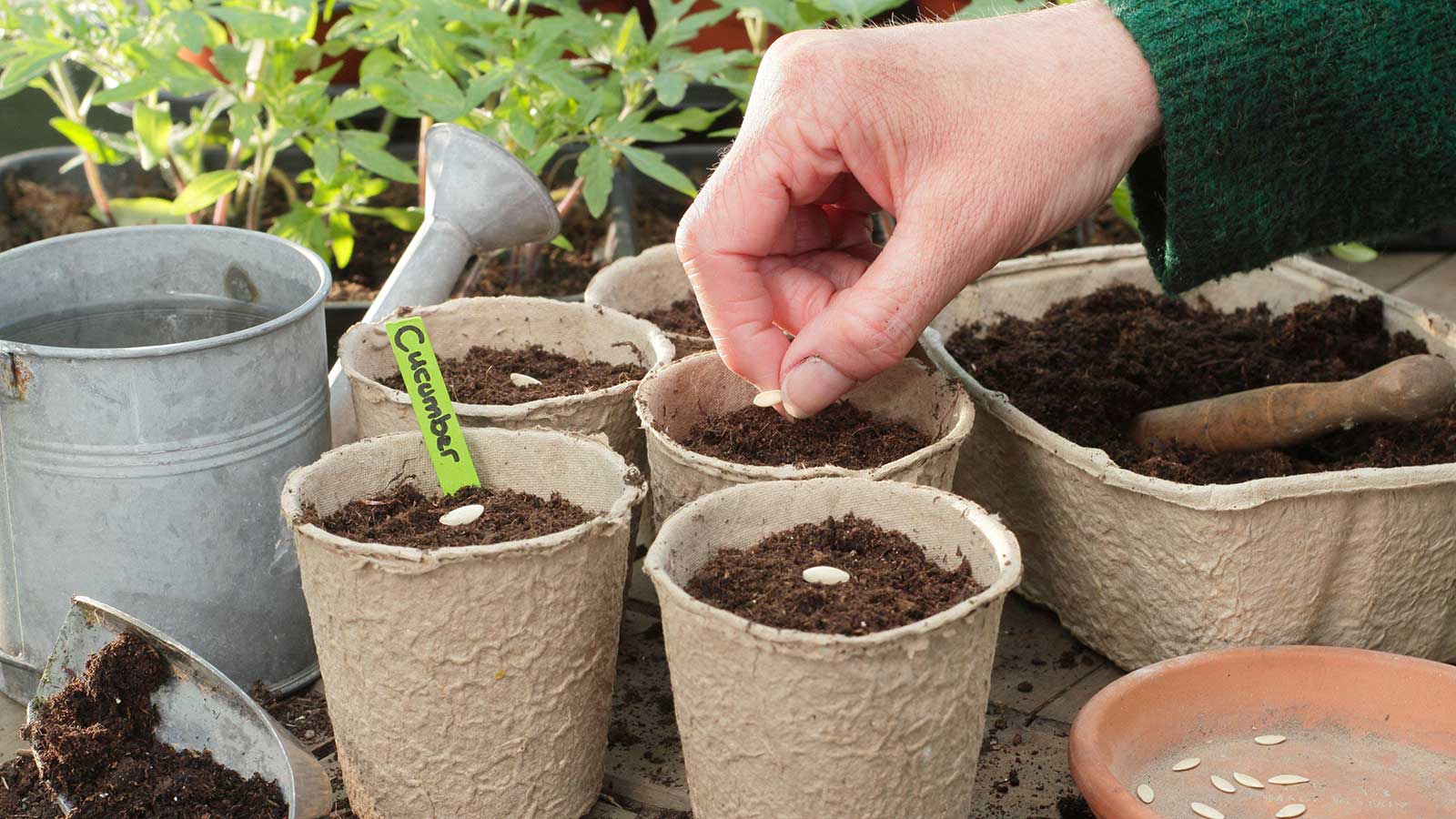
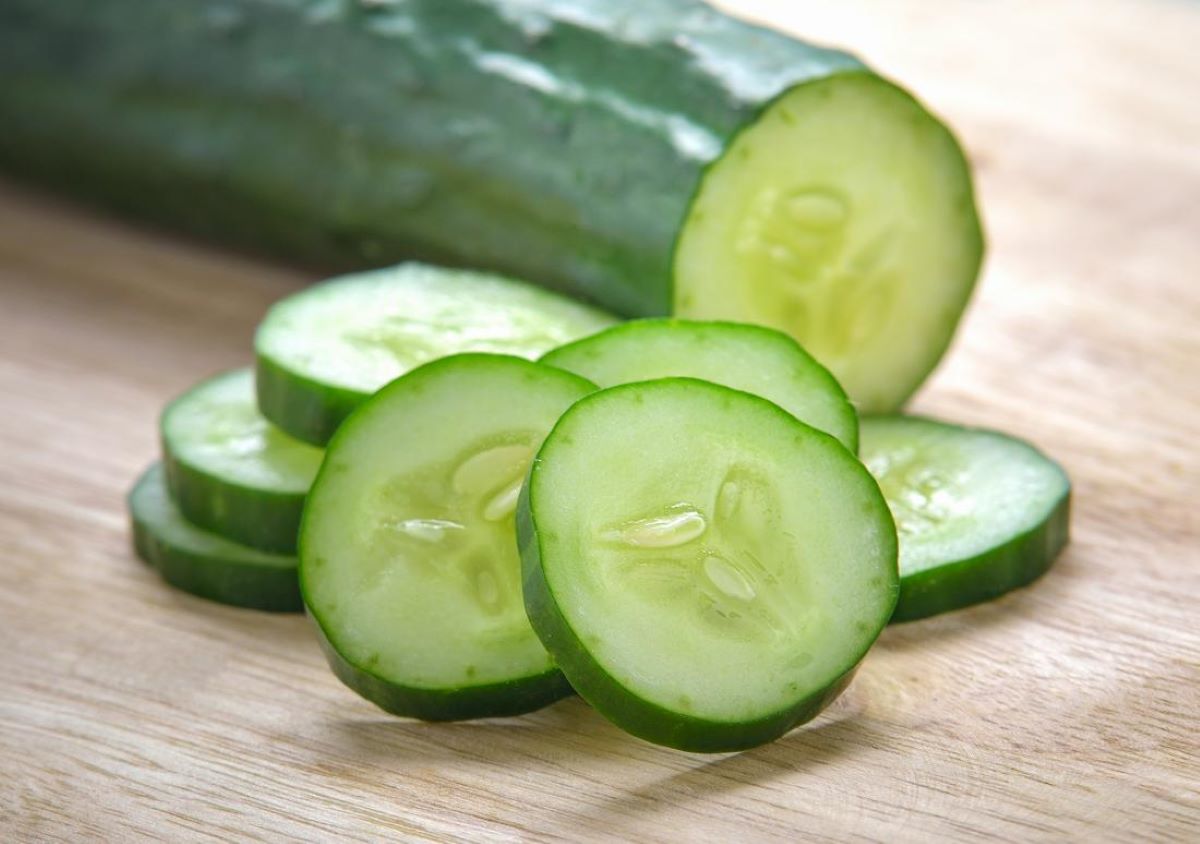
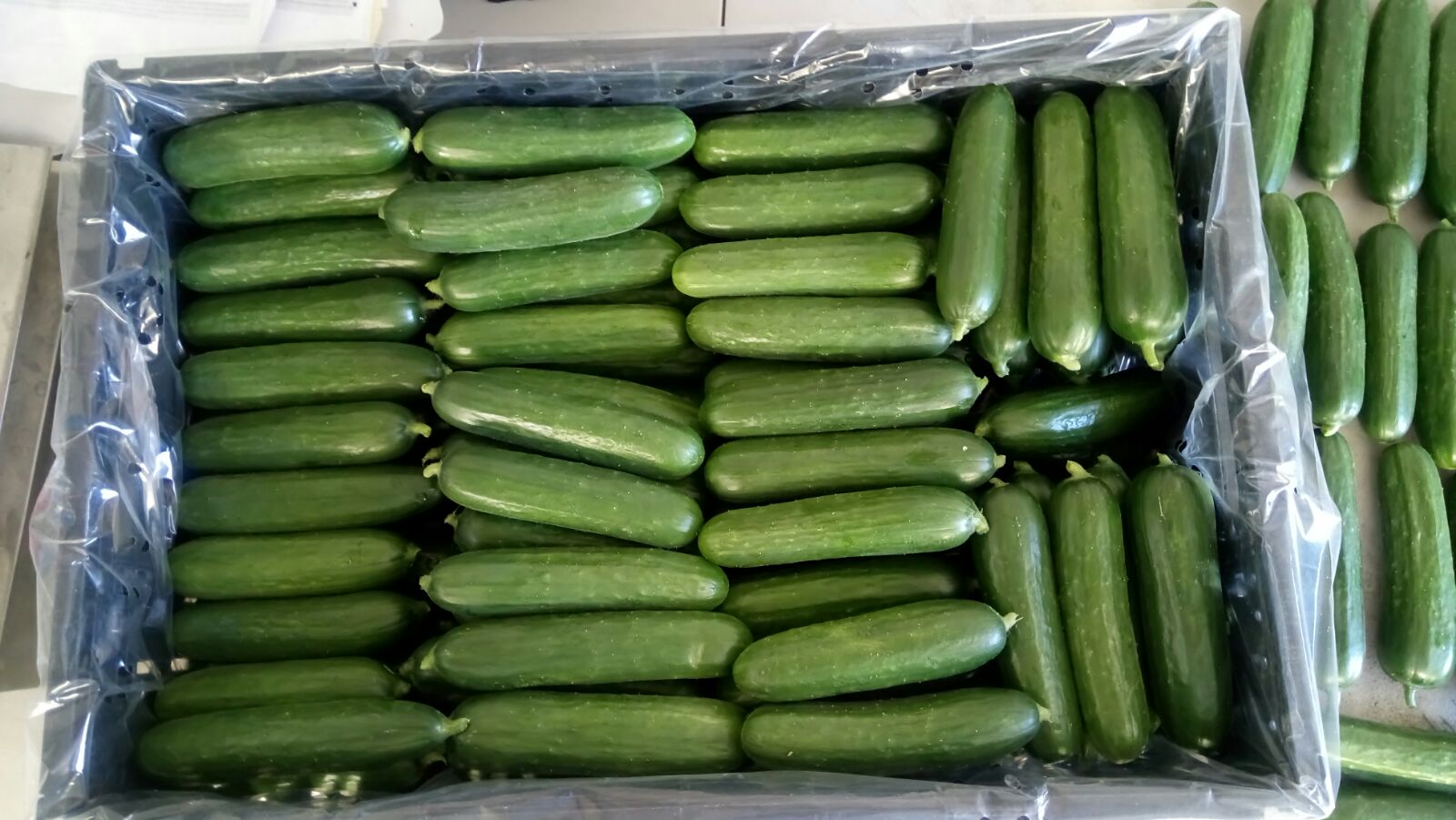

0 thoughts on “How To Grow Cucumbers In Containers”